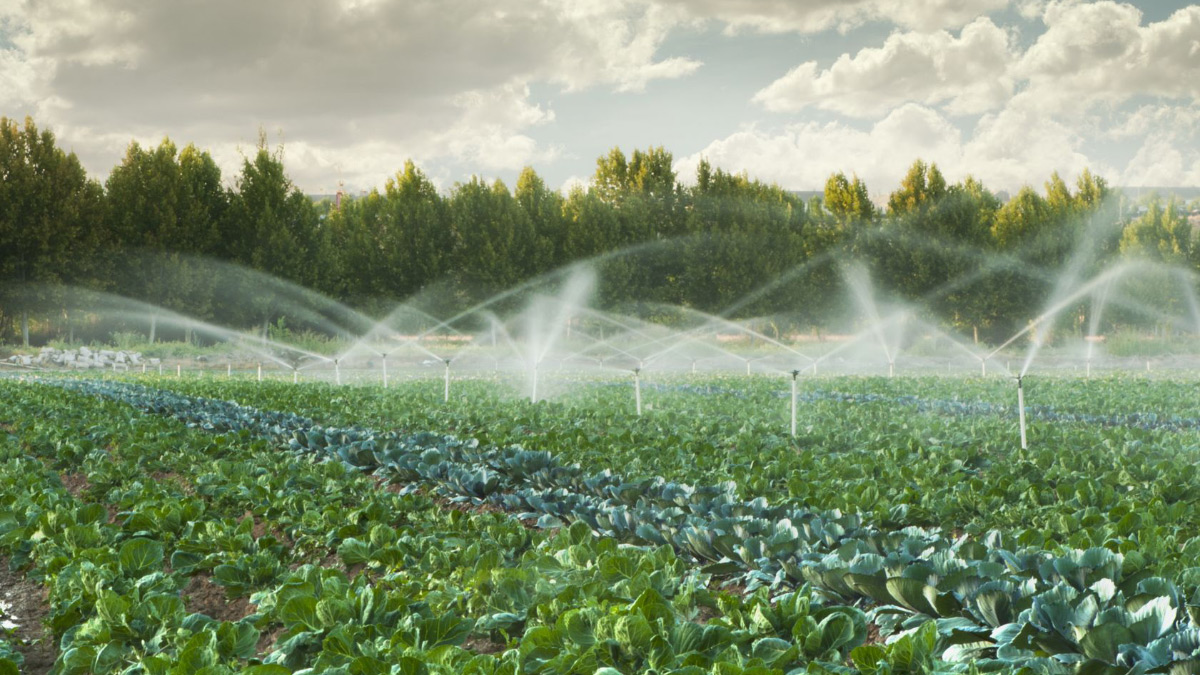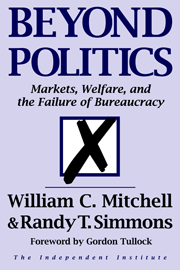President Trump just announced new tariffs on steel and aluminum. But Unfortunately, this effort to make America great again simply transfers wealth from the general population to a few (already wealthy) companies, and harms companies and especially their employees in other countries.
Subsidies are much like tariffs in that they transfer wealth away from the general population to a small number of usually wealthy people while harming still others, including some of those whom the subsidies are intended to help. Agricultural subsidies are a prime example.
Congress is currently working on a new farm bill (it passes one every five years) that is as bad for the economy as tariffs. Almost no one is speaking for consumers. But on the other side, the American Farm Bureau Federation, American Soybean Association, American Sugar Alliance, Farm Credit Council, National Association of Wheat Growers, National Corn Growers Association, and others are asking Congress to protect existing farm subsidies and add new ones to the complex web of rules, programs, and payments that total about $20 billion annually.
Who gets those subsidies? In 2016, 27 percent of commodity payments went to the small family farmers who make up 90 percent of all farms. They also only got 17 percent of crop-insurance protection. Seventy-three percent of commodity payments and 83 percent of crop-insurance indemnities went to the largest 10 percent of farms.
As might be deduced from the skewed distribution of farm subsidies, they do not improve the situation of less-well-off farmers. Since at least 1995, about three-quarters of all farm subsidies went to the wealthiest 10 percent of farm-program recipients. These giants in the farm industry manage to farm Congress as well as the land.
Members of the House of Representatives at least tried to restrict the wealth transfer to rich farmers in the last farm bill by capping the total costs of the Agriculture Risk Coverage and Price Loss Coverage programs rather than leaving spending open-ended. The Senate did not agree, so the caps were not implemented. No such caps on spending are included in the current bill.
The current bill also allows subsidies to go not just to the actual farmers of corporate-size family farms but also to nieces and nephews who have nothing to do with the farm.
One of the major effects of farm subsidies is their capitalization into the prices of farmland and buildings. Because subsidies are so large, those who wish to sell their land can command far higher prices than they could have without them. With 50 percent of US cropland rented, many of those who own the land are not even farmers. One result is that young farmers hoping to purchase a farm or additional land find themselves unable to raise the necessary funds.
The largest expenditure authorized in this and previous farm bills is not for farmers: about $65 billion in food stamps. Why food stamps? Because rural lawmakers hoping to help their farmer constituents need the support of urban lawmakers seeking to help low-income constituents. Thus, food stamps are paired with farm subsidies.
Today food stamps are provided under the Supplemental Nutrition Assistance Program (SNAP), and Democrats and Republicans are arguing over eligibility. No Democrats support the current farm bill in large part because the bill requires able-bodied SNAP recipients without dependents to work at least 20 hours per week.
Neither Republicans nor Democrats are pushing to restrict SNAP eligibility to pre-Obama rates. Apparently, they do not notice that in an economy running about as close to full employment as possible, 42 million people get SNAP benefits compared to 26 million in 2007.
There appears to be little hope for a farm bill that will make things better than under the last farm bill. The farm-subsidy system will continue to distort prices and outcomes but benefit a small number of the richest and largest landowners and farmers. Risks will be masked. Inefficiencies will continue to abound. SNAP payments are unlikely to be any more restrictive than they are currently. But lawmakers will be able to show their constituents they care and can deliver.













